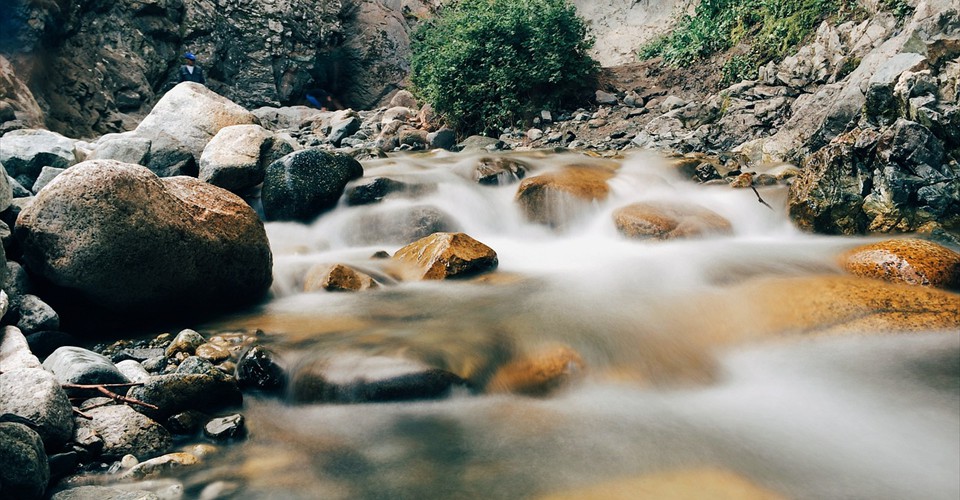The beauty that can be experienced while performing/ listening the Raga of Indian classical music is much more associated with the Raga -Rasa. It has no limit and depends on the spectators that how he/she observe, experience and feel the subject while watching or listing the music. Rasa is kind of realisation and varies from person to person. "Sundarta Dekhne walo ki Soch Evum Ankho mai Hoti hy" - The sensual transformation that delight and impregnate all aspect of life is a Rasa erupted while realising the rendering of Raga. In addition, the combination of the melody of the Raga and mental well being of the artist, a wave of imagination is created called the emotion of Raga.
Raga itself is budded with its specific characteristics and the melodic structure that defines the affection and creation of entire universe as Naad- Brahma. In Indian Classical Music Rasa is not only considered as the melody structure but also is a philosophy of Naad, a manifestation of the melody with proper grammatical sequencing of Shruti and Swar as describes in the Veda. The feeling of Rasa while listening the Raga as listener may have different emotions than the artist who is performing the same Raga. The basic and fundamental thing to realise the aesthetic, beauty and emotion of Raga is to be obliterated form personal ego, imbibe and absorb the melody without any judgement.
The combination of Swar and Shruti is different in different Raga even of similar nature or similar ascent and descent while the aesthetic behind these combination germinated the frequency of emotions in different aspects. The Nature of Madhyamad Sarang is different then Megh, Puriya, Marwa and Sohani are of different emotions, Bhupali and Deskar of reverse nature to another another, Jaldhar-Kedar- Durga and so many raga having same Swar combination in Aroh and Avaroh have different nature. Raga-Rasa is thus the term having simple meaning -realisation of Raga . It not not the matter of analysis or it is not the matter of comparison what the structure of Raga is? what is the Swar combination ? or What is the Thaat, Jati, Gayan, Samey, Vadi, Samvadi, it is only the feeling or visualising the Raga while listening or performing.
It is always matters the correct combination of notes in Raga, The combination of Swar in Bhupali is different than Deskar even they both share same scale. SRGRSD.D.S...GPGRESD.P.--DS... GPDD S. is is the Swar of Bhupali whereas SDPD... PGRS,.. GPD... S. is the character of Deskar similarly the swar Combination of Megh - n. R S.... RR P .. m R n. R S... is completely different than Madhyamad Sarang- R MR... RMPMRS.. nPmRmRS... n.SRS.. (Kindly learn form the guru for correct intonation of these notes). By improvising and visualising these notes in correct sequences create a unique emotions called the Rasa. The Character of Megh Raga and its notes combination create an emotion of Romance, a feeling of thunderbolt and raining... Nature of Raga Megh is intense and stable so the Rasa germinated is kind of Gambhir with Bhayanak- a fear of thundering and darkness if alone or feeling of love and romance and coolness of rain if mingle together. Raga Madhyamad Sarang is an emblem of pure romance, love and affection calling as Chanchal Prakriti and Shringar Rasa whereas the character of Marwa is deep sentimental and sadness, Puriya is moderate Sadness and Sohani is a mixed feeling of love- Sanyog and Viyog.
Raga and Rasa of Indian Classical Music has a distinct character that create the deep connection of Naad-Shruti and Swar to germinate a melody as well as emotions and feeling of self realisation of the musical intonation of each and individual Raga. Every single Raga of Indian Classical Music have distinct Swar combination and distinct emotions as described in Shastra. The Rasa of the Raga is only possible and one can visualise it if the mind and sole is stable and can understand the frequency of sound. Raga Rasa is philosophy, a Metaphysic and the spiritual connection Indian classical Music.















